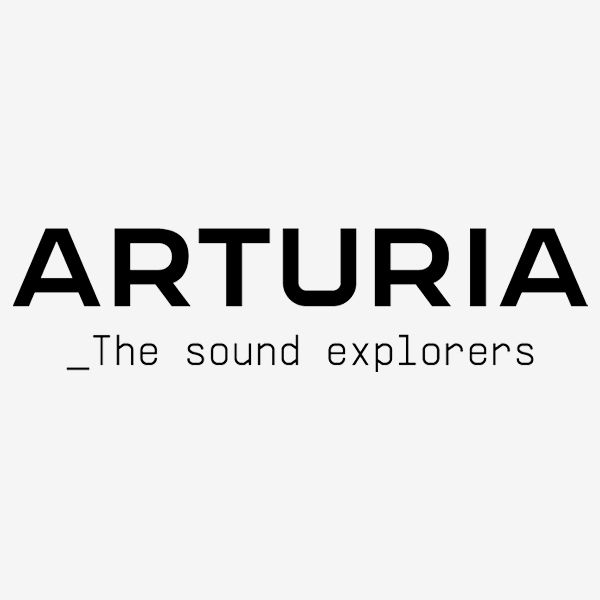Audio and Studio Recording Department




The story
The history of recording studios and audio equipment begins at the end of the 19th century, with the invention of the phonograph by Thomas Edison in 1877, which made it possible to record and reproduce sound for the first time. The first recording studios were simple and rudimentary, with artists directly engraving on wax cylinders or discs.
With the advent of electricity in the 1920s, recording studios began to evolve rapidly. The introduction of microphones and electric amplifiers allowed for greater sound fidelity and better capture of musical performances. In the 1930s and 1940s, Magnetic tape recording, developed in Germany and brought to the US after World War II, revolutionized the industry by allowing editing and editing of recordings.
The rock 'n' roll boom of the 1950s and 1960s led to legendary studios like Abbey Road in London and Sun Studio in Memphis, where artists such as the Beatles and Elvis Presley created iconic music. During this time, audio equipment became increasingly sophisticated with the introduction of multitrack mixers, reverbs and compressors, which allowed unprecedented creativity in music production.
During the 1970s and 1980s, with the advent of digital and MIDI technologies, recording studios continued to transform, becoming more complex and accessible. Today, with audio production software and digital workstations, recording studios can be set up anywhere, allowing musicians and producers to create high-quality music with tools on hand.
The Audio PA and Studio Recording team


























